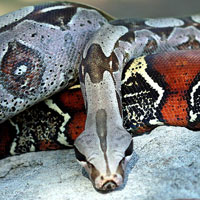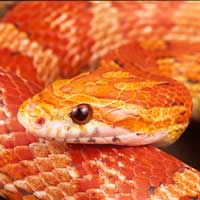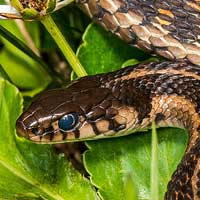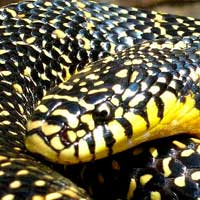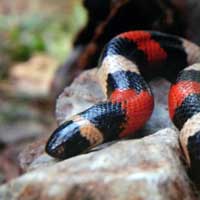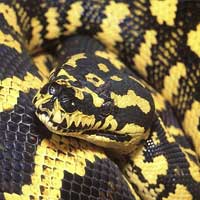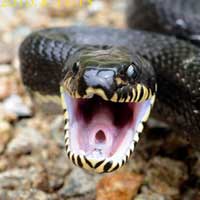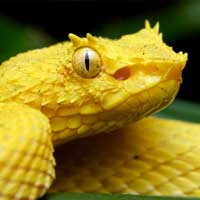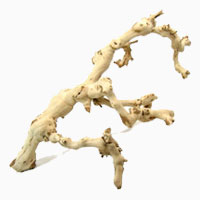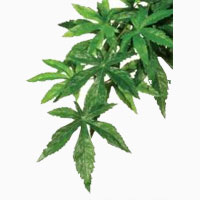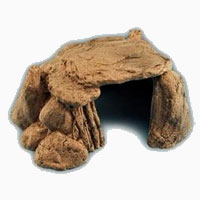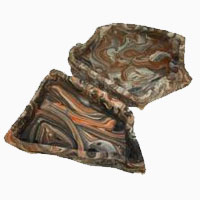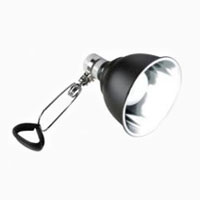Western Black Garter Snake
Scientific Name: Thamnophis Cyrtopsis Cyrtopsis
Share this Post
The Western Black Garter Snake is a non-venomous snake that inhabits North America. Its common name is Western Garter Snake while its scientific name is Thamnophis cyrtopsis cyrtopsis. Western Black Garter Snakes are medium sized snakes and have an average length of forty-two inches. The color pattern on this snake is a dark olive background color with a single stripe, usually orange“yellow in color that runs down the middle of the snake’s body. There are also cream lines that run on the lower sides of the snake. The neck usually has an orange color that fades to yellow as it gets to the back. There are also two crescents, jet black in color on the neck. The heads top is normally blue gray or plain gray in color. The dark parts in-between the stripes on the anterior part of the body also have black blotches, which are often small. The snake’s underside is cream or plain gray in color, also on the upper labials are dark bars.
Western Black Garter Snakes Are Beautiful Creatures
Facts About Western Black Garter Snakes
Geographic Location
The Thamnophis cyrtopsis cyrtopsis is prevalent in central and southeastern Arizona. Some members can be found in the Western Pima county, in the Ajo Mountains.
Habitat
The Western Black Garter Snake is very flexible when it comes to habitats. They are usually occupying different habitats such as semi desert grassland, Sonoran desert scrub, interior chaparral , great basin grassland, Madrean evergreen woodland, Great basin conifer woodland, plains grassland and Petran Montane conifer forest. These snakes favor rocky upland canyons usually next to water bodies such as rivers or streams.
Behavior
This particular species is known to be crepuscular and diurnal although they sometimes become active whenever there are warm nights. Their diet consists of small fish and tadpoles.
Reproduction
Females of the Western Garter Snake species are viviparous and give birth to neonates, about twenty-five at a time, usually in late spring.
